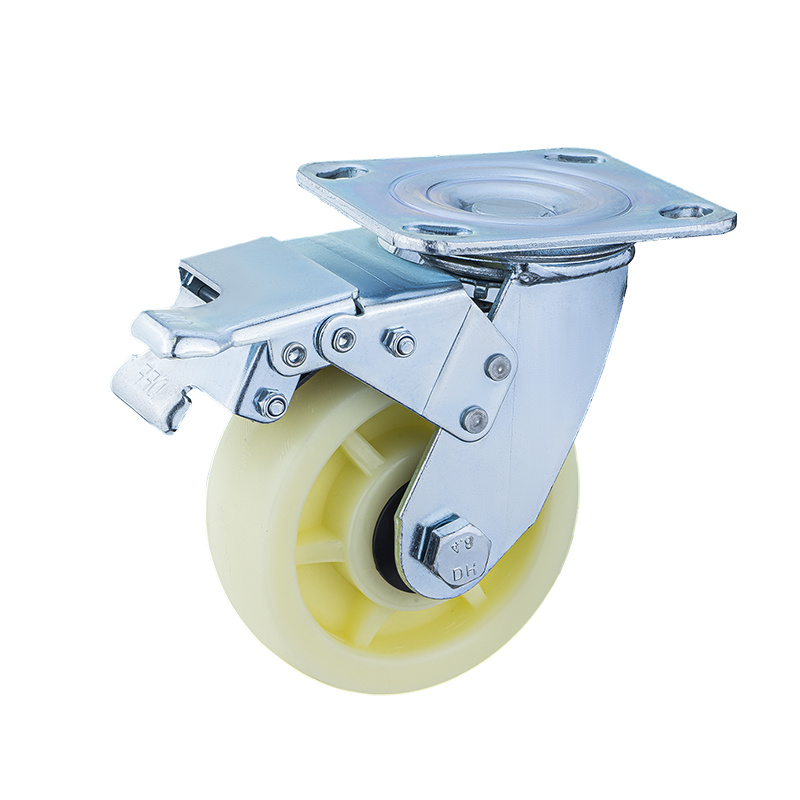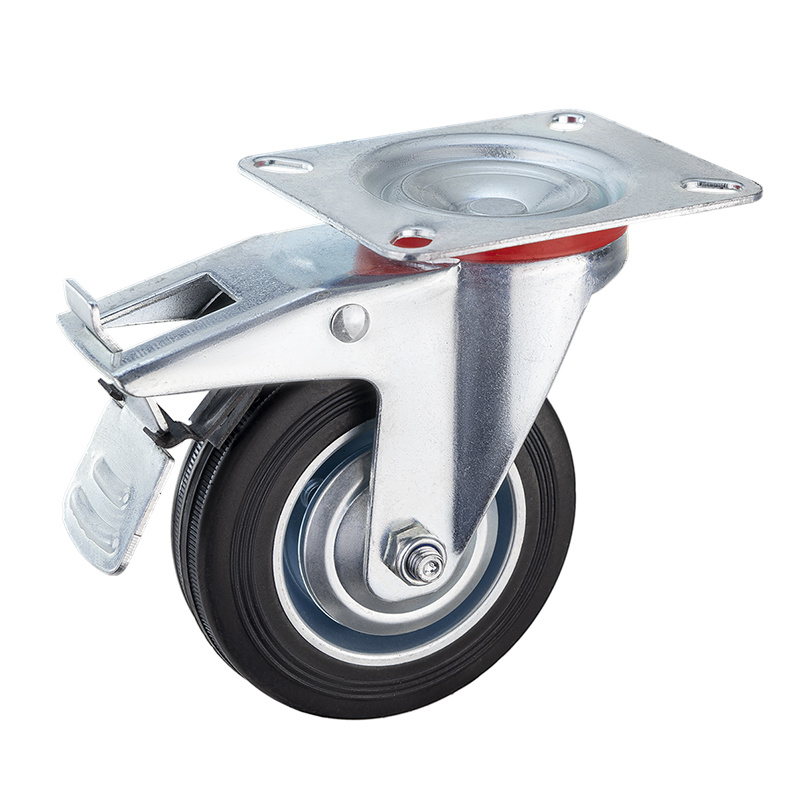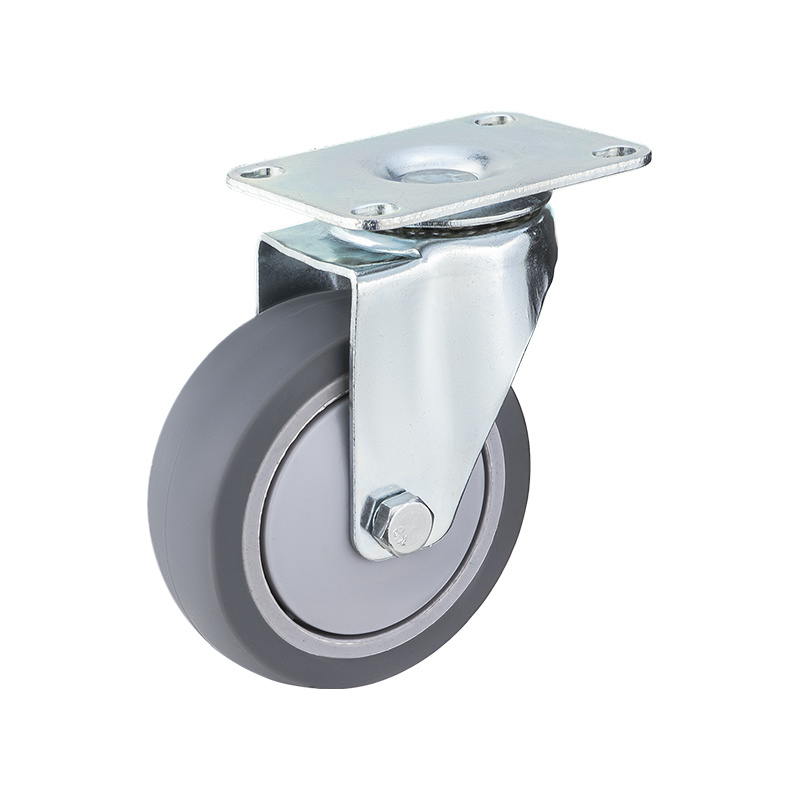BLOG
Understanding Market Trolley Casters: Key Features and Considerations for Professionals
2025-04-19
Market trolley casters are critical components in the hardware sector, particularly for those involved in the manufacturing or utilization of trolleys in commercial settings. These casters are designed to facilitate mobility and ease of transport for market trolleys, which are commonly used in retail, warehouses, and various other environments. Understanding the intricacies of market trolley caste
Market trolley casters are critical components in the hardware sector, particularly for those involved in the manufacturing or utilization of trolleys in commercial settings. These casters are designed to facilitate mobility and ease of transport for market trolleys, which are commonly used in retail, warehouses, and various other environments. Understanding the intricacies of market trolley casters can significantly enhance the efficiency and functionality of such equipment.
The first factor to consider when evaluating market trolley casters is the material composition. Casters are typically made from a range of materials, including polyurethane, rubber, nylon, and metal. Each material offers distinct advantages—polyurethane and rubber casters are known for their excellent shock absorption and floor protection, making them ideal for sensitive surfaces. In contrast, nylon casters are more durable in heavy-duty environments but may not provide the same level of floor protection. Hence, selecting the right material is vital based on the specific application and environment in which the market trolley will operate.
Another critical aspect is the load capacity of the casters. Market trolleys can be subjected to varying weights depending on their usage, making it essential to choose casters that can withstand the maximum load without compromising performance. Manufacturers often provide load ratings for their casters, allowing professionals to match the caster with the expected load conditions. Overloading casters beyond their rated capacity can lead to premature wear and potential failure, impacting productivity and safety.
Swivel and fixed casters are two predominant types found in market trolleys. Swivel casters provide maneuverability, enabling easy change of direction, while fixed casters offer stability when moving in a straight line. A combination of both types can enhance the functional versatility of market trolleys, allowing for better control in crowded or narrow spaces.
The wheel diameter is another important consideration. Larger wheels tend to roll more easily over obstacles and uneven surfaces, reducing the effort required to move the trolley. Conversely, smaller wheels may be more appropriate for smooth surfaces and tighter spaces. Therefore, assessing the operational environment can guide the selection of the appropriate wheel size.
In addition to these factors, professionals should also consider the caster's braking mechanisms. Casters equipped with brakes provide added safety by preventing unwanted movement when the trolley is stationary, a crucial feature in busy retail or industrial settings.
In conclusion, market trolley casters play an integral role in enhancing the efficiency and functionality of trolleys in various applications. By understanding the key features such as material, load capacity, wheel type, and braking systems, professionals in the hardware and fittings sector can make informed decisions that suit their operational needs, ensuring optimal performance and longevity of their equipment.
The first factor to consider when evaluating market trolley casters is the material composition. Casters are typically made from a range of materials, including polyurethane, rubber, nylon, and metal. Each material offers distinct advantages—polyurethane and rubber casters are known for their excellent shock absorption and floor protection, making them ideal for sensitive surfaces. In contrast, nylon casters are more durable in heavy-duty environments but may not provide the same level of floor protection. Hence, selecting the right material is vital based on the specific application and environment in which the market trolley will operate.
Another critical aspect is the load capacity of the casters. Market trolleys can be subjected to varying weights depending on their usage, making it essential to choose casters that can withstand the maximum load without compromising performance. Manufacturers often provide load ratings for their casters, allowing professionals to match the caster with the expected load conditions. Overloading casters beyond their rated capacity can lead to premature wear and potential failure, impacting productivity and safety.
Swivel and fixed casters are two predominant types found in market trolleys. Swivel casters provide maneuverability, enabling easy change of direction, while fixed casters offer stability when moving in a straight line. A combination of both types can enhance the functional versatility of market trolleys, allowing for better control in crowded or narrow spaces.
The wheel diameter is another important consideration. Larger wheels tend to roll more easily over obstacles and uneven surfaces, reducing the effort required to move the trolley. Conversely, smaller wheels may be more appropriate for smooth surfaces and tighter spaces. Therefore, assessing the operational environment can guide the selection of the appropriate wheel size.
In addition to these factors, professionals should also consider the caster's braking mechanisms. Casters equipped with brakes provide added safety by preventing unwanted movement when the trolley is stationary, a crucial feature in busy retail or industrial settings.
In conclusion, market trolley casters play an integral role in enhancing the efficiency and functionality of trolleys in various applications. By understanding the key features such as material, load capacity, wheel type, and braking systems, professionals in the hardware and fittings sector can make informed decisions that suit their operational needs, ensuring optimal performance and longevity of their equipment.
Key words:
RELATED NEWS
Heavy Duty Caster Trends: What's New in the Market?
2025-05-24
Heavy Duty Caster Trends: What's New in the Market?
Introduction to Heavy Duty Casters
Heavy-duty casters are essential components in various industries, providing mobility and stability for equipment, furniture, and materials. With advancements in technology and design, the heavy-duty caster market is continually evolving. In this article, we will explore the latest trends in heavy-duty casters,
Mastering the Essentials of Industrial Casters for Optimal Performance
2025-05-17
Industrial casters are vital components in various industries, especially in the realm of hardware tools and accessories. Understanding these components can significantly impact your operations, whether you're involved in manufacturing, warehousing, or logistics. This article delves into the essential features, types, and maintenance tips related to industrial casters, aiming to equip you with pra
Understanding Load Ratings: How to Choose Your Medium Duty Caster for Optimal Performance
2025-05-10
Understanding Load Ratings: How to Choose Your Medium Duty Caster for Optimal Performance
Table of Contents
Introduction to Medium Duty Casters
Understanding Load Ratings for Casters
Factors Affecting Load Capacity
Materials and Design Considerations
How to Choose the Right Medium Duty Caster
Applications for Medium Duty Casters
Maintenance and Care for Longevity
F








